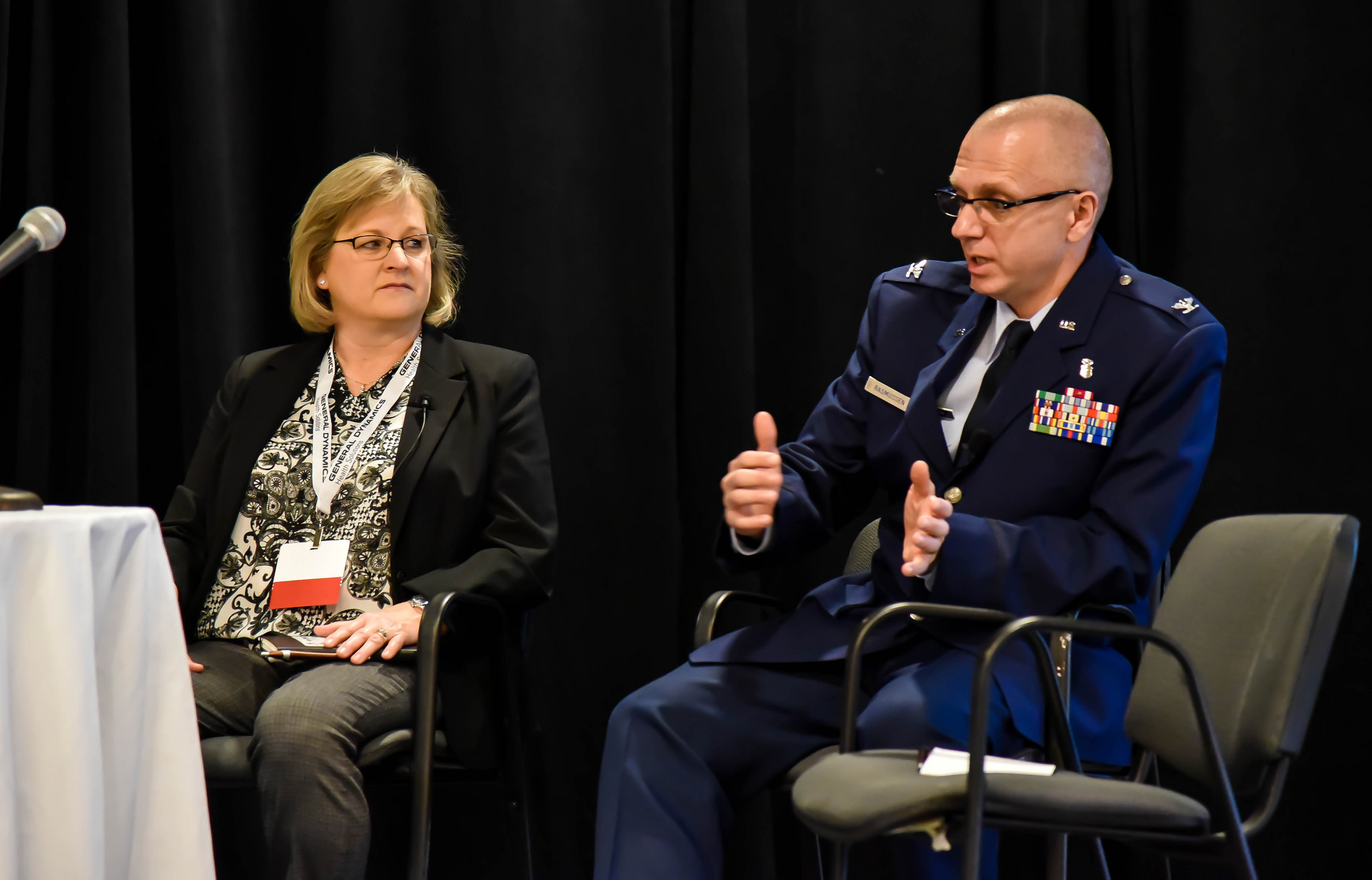Public, Private Sectors Team Up to Mold the Future of Combat Care

Kicking off a roundtable discussion on the benefits of teaming with the Department of Defense to develop new battlefield medical technologies on March 7 in Ellicott City, Maryland, Col. Todd Rasmussen laid out his vision for the future of public-private partnerships in the most plain of terms.
“The goal is simple,” said Rasmussen, director of the U.S. Army Medical Research and Materiel Command’s Combat Casualty Care Research Program. “We need to turn all the cool research going on right now into actual tools and technologies that will help the Warfighter.”
Rasmussen’s words set the tone for the annual Military Medicine Partnership Conference and Expo event, a gathering designed to allow select representatives from the corporate and academic worlds an opportunity to present information regarding advancements in science and technology to key government officials and decision -makers. Overall, more than 300 people attended this year’s event over the course of its two-day run.
“We are here because we consider our own teaming efforts to be a success story,” said Gena Marshall, executive vice president of finance for Prytime Medical Devices, Inc., regarding Prytime’s development of the Resuscitative Endovascular Balloon Occlusion of the Aorta device. “In a matter of just four years, the REBOA is now being used by both military and civilian sectors.”
For the DOD, the REBOA catheter – which was developed in part with help from both Rasmussen and the CCCRP and later received Food and Drug Administration clearance in 2015 – stands as a clarion example of the kind of life-saving product officials hope to field via input from private industry. According to Rasmussen, the REBOA has been used more than half-a-dozen times in the past four months alone to both control traumatic bleeding and save the lives of U.S. Warfighters in Iraq and Afghanistan. In addition, the REBOA has been used more than 150 times in the domestic U.S. during that same time period.
Said Rasmussen of his own deployment to Balad, Iraq, in 2005, “I saw first-hand how we stop hemorrhage, and also how these partnerships aid our men and women in uniform.”
MMPD attendees on the government side were keen to discuss current gaps in their own portfolios as part of the one-on-one sessions structured into the meeting agenda itself. Current areas of need for the CCCRP specifically include traumatic brain injury diagnosis and mitigation, sepsis alleviation and hemorrhage control.
“We want to make sure that everyone has the correct knowledge and contacts to get to work right away,” said CCCRP Civilian Deputy Dr. David Baer to the assembled attendees. “The work here is important, and time is always at a premium.”














